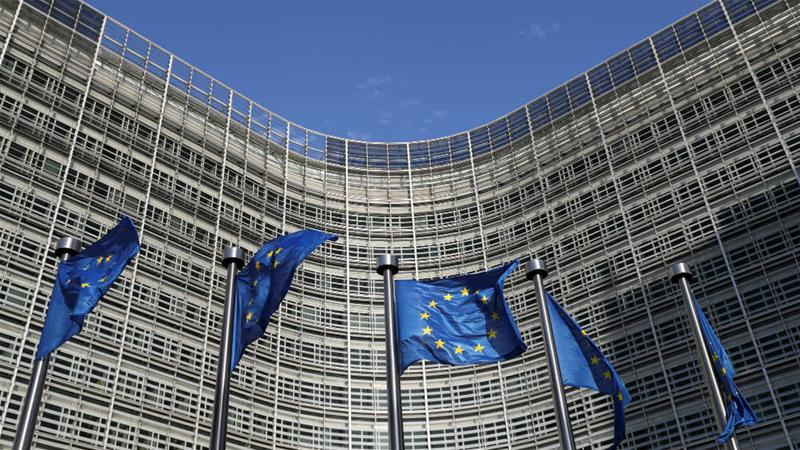State aid: Commission adopts revised State aid rules on Important Projects of Common European Interest
The European Commission has adopted a revised Communication on State aid rules for Important Projects of Common European Interest (‘IPCEI Communication’). The revised IPCEI Communication will apply from 1 January 2022. It sets the criteria for the Commission to assess Member State support to cross-border IPCEIs that overcome market failures and enable breakthrough innovation in key sectors and technologies and infrastructure investments, with positive spill-over effects for the EU economy at large.
Executive Vice-President Margrethe Vestager, in charge of competition policy, said: “Our State aid rules on Important Projects of Common European Interest enable Member States and the industry to jointly invest in breakthrough innovation and infrastructure. They do so when the market alone does not deliver, because the risks are too big for a single Member State or company to take. And it has to benefit the EU economy at large. Following an extensive consultation process, we have made targeted changes to our rules to further enhance the openness of IPCEIs and facilitate the participation of small and medium-sized enterprises.”
The Commission adopted the revised IPCEI Communication following an evaluation of the current rules conducted in 2019 as part of the State aid Fitness Check and after an extensive consultation of all interested parties on the proposed revised text of the Communication. This included Member States, business associations, interest groups, individual companies, NGOs, and citizens. The review also reflects the Commission’s experience stemming from its case practice, notably three decisions approving IPCEIs to enable breakthrough innovation in microelectronics (in December 2018) and in the battery value chain (in December 2019 and January 2021) as well as its decision approving an infrastructure IPCEI, namely the Fehmarn Belt fixed rail-road link (in March 2020).
The revised IPCEI Communication includes a number of targeted adjustments to reflect experience gained from the application of the 2014 IPCEI Communication and to align the relevant rules to the current EU priorities.
In particular, the revised Communication:
Further enhances the European and open character of IPCEIs, by providing that IPCEIs must ordinarily involve at least four Member States and by requiring that IPCEIs are designed in a transparent and inclusive manner. This ensures that all Member States are informed of the possible emergence of an IPCEI, for example by way of preparatory contacts and meetings, and are given the opportunity to participate if interested.
Facilitates the participation of small and medium sized enterprises (SMEs) in IPCEIs and enhances the benefits of their involvement, through specific facilitations for the assessment of the compatibility of the aid to SMEs, such as the possibility for smaller companies to have a more limited own contribution to the projects than otherwise required. The revised Communication also encourages collaborations between larger companies participating in an IPCEI and SMEs.
Aligns its objectives with the current EU priorities. In this respect, for example, in order to support of the environmental strategies of the EU and to accelerate the EU’s green transition, the revised IPCEI Communication requires Member States to provide evidence of compliance of the notified projects with the ‘do no significant harm’ principle. The revised IPCEI Communication also clarifies the criteria for the combination of EU and national funds.
At the same time, the revised IPCEI Communication confirms the requirement for IPCEIs to deliver significant positive spill-over effects across the EU and also maintains strong safeguards to ensure that aid is limited to what is necessary and to prevent undue distortions of competition.
On this basis, the Commission will continue to support ongoing efforts by Member States to jointly design IPCEIs that overcome market failures by enabling breakthrough innovation and infrastructure investments in hydrogen, cloud, health and microelectronics.

